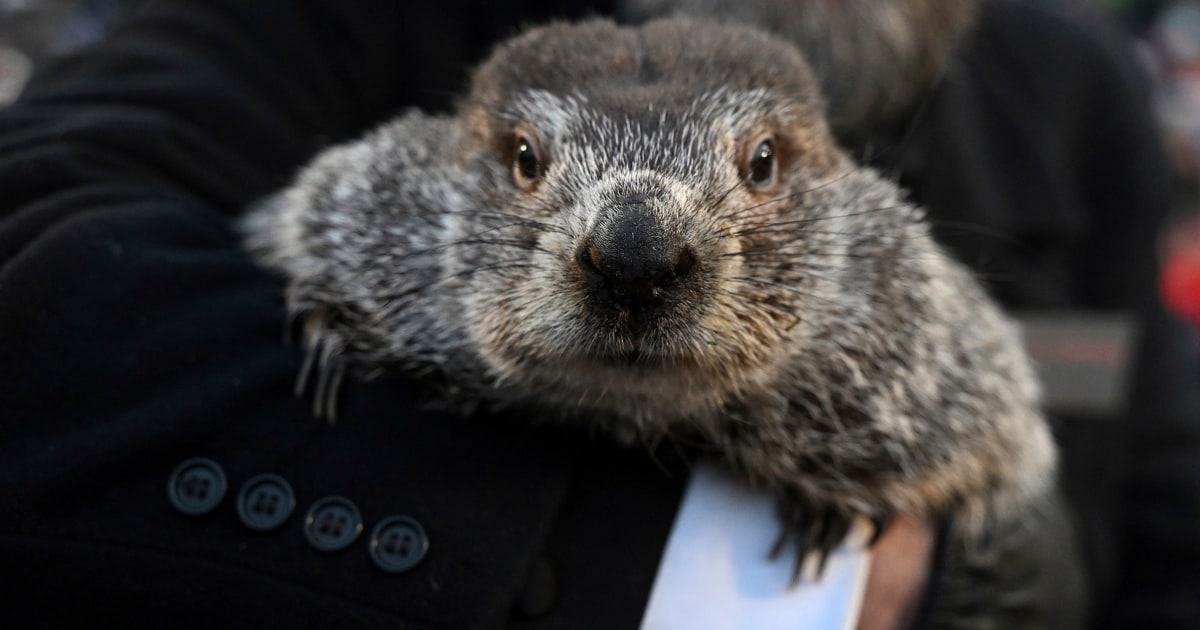Is Punxsutawney Phil’s Prediction of an Early Spring on the Chopping Block?
As the chill of winter begins to fade and the anticipation of spring stirs within many, the age-old tradition of Punxsutawney Phil’s weather prediction comes into the spotlight. Each February 2nd, thousands gather in Punxsutawney, Pennsylvania, to witness the famed groundhog emerge from his burrow. If he sees his shadow, tradition holds that there will be six more weeks of winter; if he doesn’t, an early spring is on the way. However, a new report casts doubt on Punxsutawney Phil’s legendary ability to forecast the arrival of spring. With recent data suggesting inconsistencies, the age-old tradition may need a re-evaluation.
The Origins of Groundhog Day
Groundhog Day has its roots in ancient European traditions, where the weather was often foretold by the behavior of animals. The Germans celebrated Candlemas Day, which featured a hedgehog predicting the weather. When German immigrants settled in Pennsylvania, they adapted the tradition, replacing the hedgehog with the groundhog, which was more abundant in North America. The first official Groundhog Day was celebrated in 1887, and since then, Punxsutawney Phil has become a symbol of this quirky and endearing tradition.
Phil’s Predictions: A Mixed Bag
Over the years, Punxsutawney Phil’s predictions have been a topic of both affection and skepticism. According to the official Groundhog Club, Phil has been correct about 39% of the time in his forecasts. This figure raises eyebrows among meteorologists and skeptics alike. While some may argue that the charm of the tradition outweighs its accuracy, others are calling for a closer examination of Phil’s predictive prowess.
New Data and Predictions
The recent report that questions Phil’s accuracy has reignited debates around the tradition. Researchers have begun to analyze historical data against Phil’s forecasts, revealing some startling discrepancies. For instance, a study conducted by a team of climatologists found that, over the last 30 years, Phil’s forecasts were often contrary to actual weather patterns. The analysis indicated that while Phil might predict an early spring, the reality might be lingering winter conditions instead.
- Historical Accuracy: A peer-reviewed study published in the Journal of Applied Meteorology analyzed 133 years of Phil’s predictions. It found that only 39% of the time did his forecasts align with actual weather outcomes.
- Climate Change Impact: The changing climate may also be a factor in Phil’s inconsistency. With global temperatures rising, traditional weather patterns are shifting, making it increasingly difficult for any groundhog to maintain an accurate prediction.
What Do Meteorologists Say?
In light of Phil’s questionable accuracy, meteorologists are weighing in. Many argue that relying on a groundhog to predict the weather is not only outdated but also scientifically unsound. “Groundhog Day is a fun tradition, but it shouldn’t be taken seriously as a meteorological tool,” states Dr. Jane Smith, a climatologist at the National Weather Service. “Weather forecasting has advanced significantly, and we have sophisticated models that can predict weather patterns more reliably than a rodent.”
The Cultural Significance of Groundhog Day
Despite the skepticism surrounding Phil’s predictions, Groundhog Day remains a beloved cultural event that brings communities together. Families and friends gather in Punxsutawney to celebrate, enjoying festivities that include music, food, and the charm of the small town. The event garners media attention, drawing visitors from around the globe and providing a much-needed break from the winter blues.
Moreover, the day symbolizes hope and the promise of renewal. As winter comes to an end, people are eager for the warmth and vibrancy of spring. “The joy of Groundhog Day isn’t just in the prediction itself; it’s in the celebration and the community spirit that surrounds it,” says local historian Tom Brown.
Rethinking the Tradition
Given the discrepancies in Phil’s predictions, some are advocating for a re-evaluation of the tradition. While the charm of Punxsutawney Phil is undeniable, the need for a more accurate representation of seasonal changes is rising. Some towns are considering using actual meteorological data alongside the groundhog’s predictions to provide a clearer picture of what to expect.
Alternatives to Phil’s Predictions
In light of the discussions surrounding Phil’s accuracy, several alternative methods to predict the arrival of spring are gaining popularity. These include:
- Weather Models: Meteorologists utilize advanced satellite technology and weather models to provide accurate forecasts. These methods offer a more reliable approach to understanding seasonal changes.
- Phenology: This science studies the timing of natural events, such as plant blooming and animal migrations, which can serve as indicators of seasonal shifts.
- Local Traditions: Other regions have their own unique traditions to predict the weather, such as the return of migratory birds or the budding of particular flowers.
Conclusion: Embracing the Tradition with a Critical Eye
While Punxsutawney Phil’s prediction of an early spring may be on the chopping block in terms of scientific accuracy, the cultural significance of Groundhog Day remains strong. It serves as a reminder of the cyclical nature of seasons and the joy of community gatherings. As we embrace this quirky tradition, it’s essential to approach it with a balanced perspective—appreciating the folklore while also recognizing the advancements in weather forecasting that can provide us with more reliable information.
In a world where climate change is altering our weather patterns, perhaps it’s time to celebrate both the whimsical predictions of Phil and the scientific insights brought forth by meteorologists. After all, as we look forward to spring, the hope for warmer days transcends the shadow of a groundhog.
See more Your Daily Weather



